With their elegantly drooping boughs and gorgeous pink blossoms, weeping cherry trees can provide a perfect focal point for any garden. But maybe your cherry tree just isn't in the right spot to create the effect you desire. If that's the case, you're probably wondering if you can move it. Well, you're in the right place! We've done the research, and we will not only will we answer your question, but we'll also—spoiler alert!—give you detailed directions on how to move a weeping cherry tree.
Yes, you can move a weeping cherry tree. Since their roots extend into the ground at a relatively shallow depth of two feet, it's fairly easy to do. To minimize shock to the tree's root system, only move it while it's dormant in early spring. Also, avoid transplanting a weeping cherry tree during the first year of its life.
Now that you know you can move a weeping cherry tree, you're probably wondering how to do it. Keep reading, because we'll give you step-by-step directions in the rest of this article.

How To Move A Weeping Cherry Tree
Moving a weeping cherry tree is definitely possible, but it takes some planning and care. The best time to do it is in early spring when the tree is still dormant but the ground has thawed enough to be worked.
An easy way to tell if it's still dormant is to check for buds or blossoms. If none are visible, it's safe to transplant. You'll also need to make sure that your tree has been growing in its original location for at least one year.
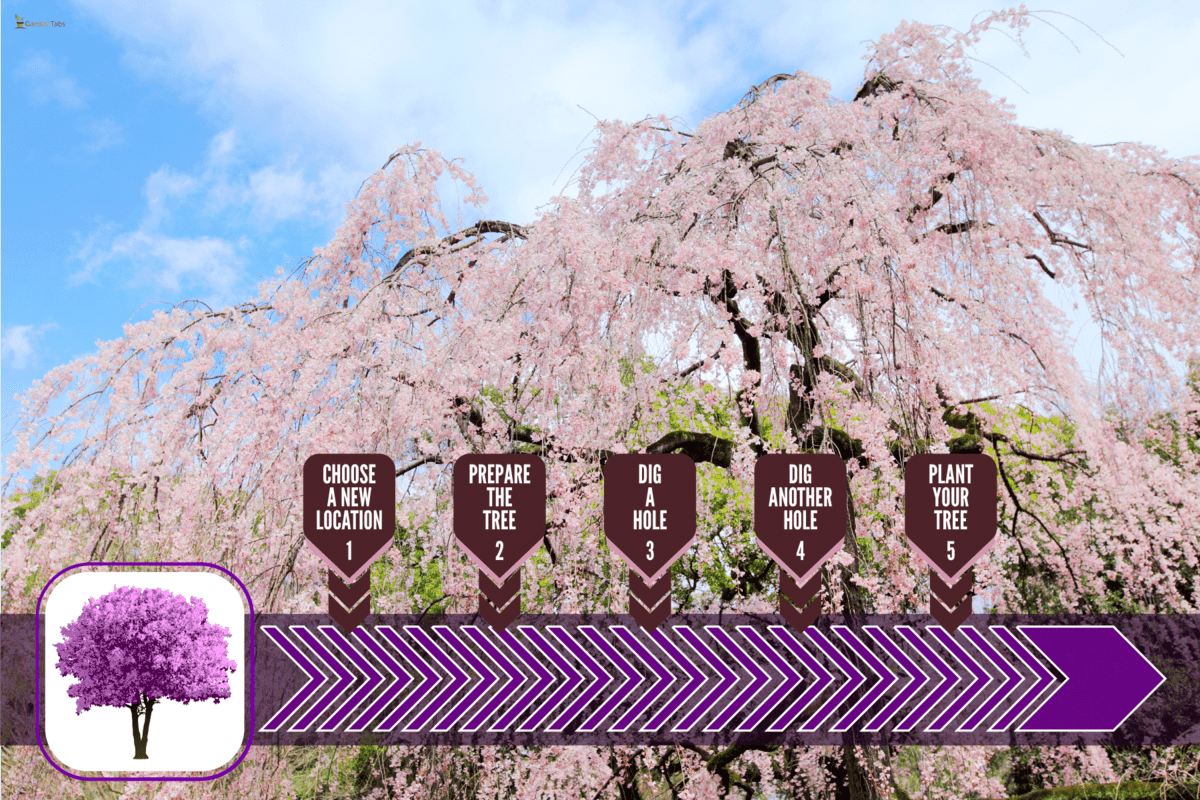
To ensure the health and safety of your tree, follow these steps.
What You'll Need
- Sharp shovel
- Hose or watering can
- String or lightweight rope
- Mulch
- Soil pH tester (optional)
- Wheelbarrow (optional)
1. Choose A New Location
First, you'll need to pick the perfect spot for your weeping cherry tree. It should get at least five or six hours of sunlight each day and provide enough room for the tree to grow to its full height of 30 feet tall.
Also, make sure that there is enough room for the tree to spread its branches to its maximum width of 25 feet. If you plan to prune your weeping cherry tree, you might be able to get by with less space.
You'll also need to confirm that the soil is at the correct pH level. Weeping cherry trees need slightly acidic soil with a pH level between 6 and 7 to thrive. If your soil is too alkaline, it can be amended by working in elemental sulfur, aluminum sulfate, or iron sulfate.
SONKIR Soil pH Meter is a great way to quickly and easily test your soil's pH levels.
Click here to view it on Amazon.
2. Prepare The Tree
When you've found the perfect new location for your weeping cherry tree, it's time to prepare it for its big move. First, separate its branches into smaller sections and tie them with string or lightweight rope. This will protect the branches from breaking off or becoming damaged in other ways.
Next, water the tree profusely. The moist soil will help the roots come out more easily and also help soothe the stress of moving.
3. Dig A Hole
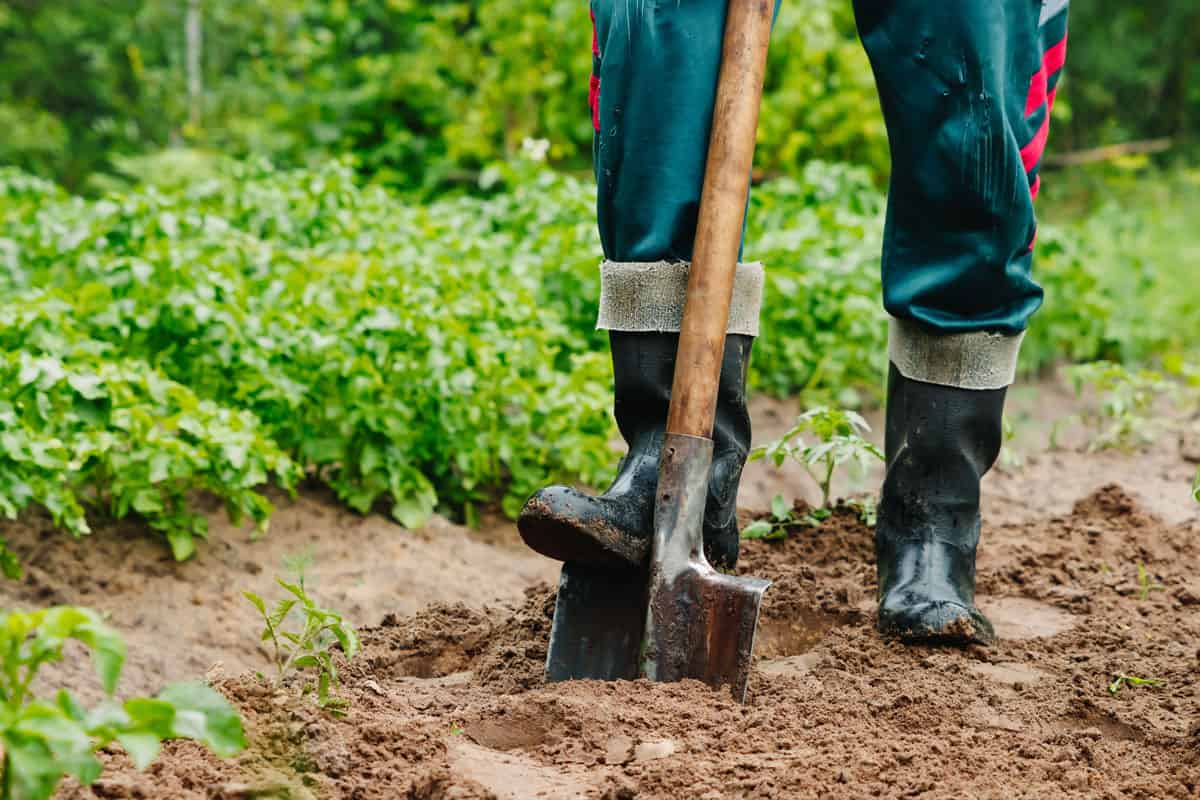
Before digging up your weeping cherry tree, you'll want to prep a hole in its new location. That way, you can immediately transfer the tree from one hole to another and minimize the amount of time its roots are exposed to the air.
Dig a hole that is slightly wider than the width of the tree's canopy and about two feet deep. You may need to adjust the hole's size after you see the true size of the root ball, but you can guess by looking at the size of the tree.
After the hole is complete, use your shovel to make some cuts in the sides. That makes it easier for the tree's roots to extend into the ground beyond its hole.
4. Dig Another Hole
Now that your tree is prepped for the move and its new home is ready, too, you can start digging up its roots. Use your shovel to outline a circle at the canopy line, which is where the branches droop to the ground.
After marking the circle, follow its line as you start digging. Dig at an angle toward the tree, as the shallowest roots are farthest from the tree. As you dig, try to avoid cutting any roots. However, it's okay if you nick or even sever small roots that are smaller than a finger.
When your hole has reached the tree in all directions, start working the shovel underneath the root ball. Make sure the shovel is deep enough to avoid damaging the roots.
Gently rock the tree back and forth to check for looseness, and continue using the shovel to loosen it until you can easily remove the roots from the ground. The root ball should be compact and small enough to move without breaking it.
5. Plant Your Tree
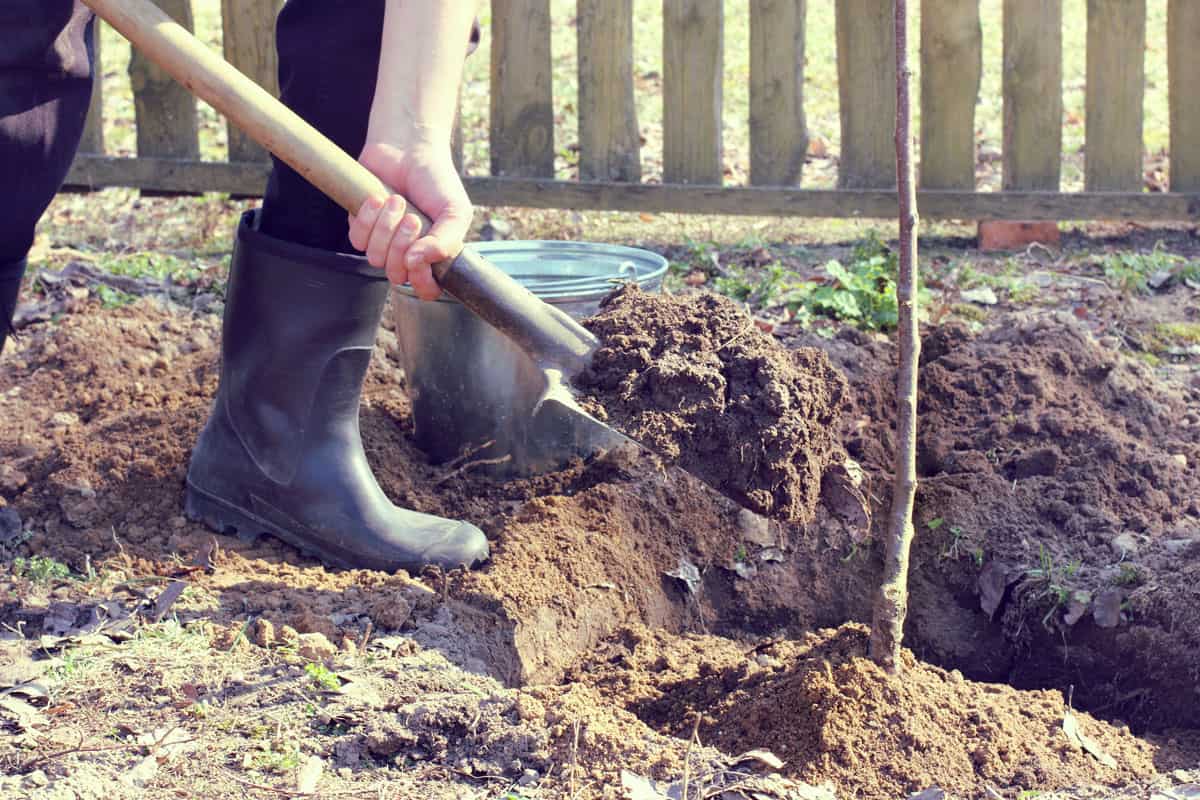
When the roots are loose enough, gently lift the tree out of the ground. If it's light enough, you can carry it to its new location, but otherwise use a wheelbarrow to transport it.
Now that you can see the root ball, double-check the size of the hole you dug previously and make any necessary adjustments. When the hole is an appropriate size, use your shovel to gently tamp down the earth at the bottom of the hole. This gets rid of any air holes that could open up and dry the tree's roots.
Next, carefully place the weeping cherry tree's root ball in the hole. Fill in the space around the tree with the dirt you dug out of the ground previously and gently pack it down. Give the tree plenty of water, and then spread mulch over the area extending from the tree's trunk to the canopy line.
Do Weeping Cherry Trees Have A Deep Root System?

Weeping cherry trees have a fairly shallow root system that extends two feet into the ground. However, it usually extends to the edge of the tree's canopy. Its root system is also considered non-aggressive, which means that it generally won't force its roots into areas like cracked foundations or pipes.
Unlike thirsty trees such as oaks or elms, weeping cherry tree also will not use their roots to aggressively pursue water. In addition, you can safely plant many other plants near your weeping cherry tree since it won't compete for water.
If you're interested in adding plants under your tree, check out our article What To Plant Around A Weeping Cherry Tree?
Can You Transplant A Mature Weeping Cherry Tree?
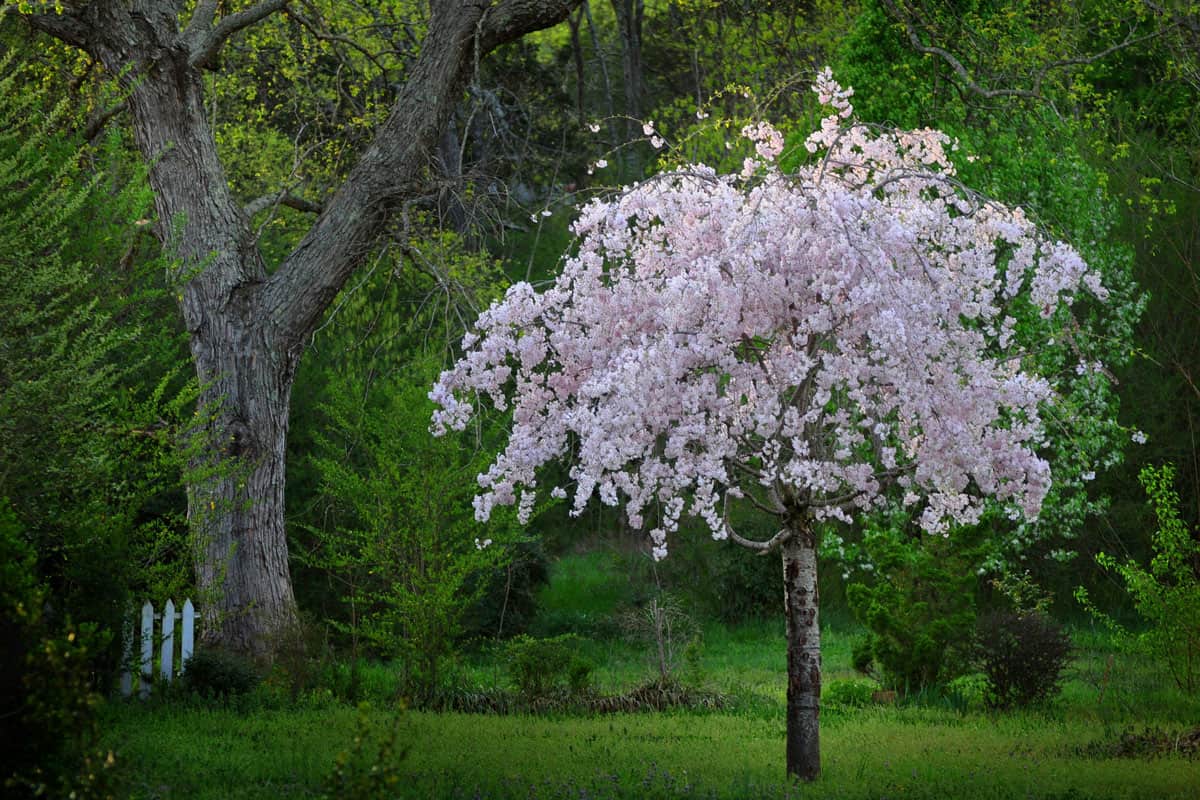
Yes, you can transplant a mature cherry tree, but it's much easier to transplant one that is younger and smaller (under two feet tall). However, if you need to transplant a larger tree, follow these tips:
- If the tree is very tall (over 10 feet), consider hiring someone to dig it up with a steam shovel or similar tool. Just make sure that they have experience dealing with live trees, as you'll want to minimize damage to the roots.
- Prune the tree as extensively as possible. That way, when it takes root in its new home, it can focus more on growing its roots and less on supporting the growth of buds and leaves.
- If you're moving the tree to a different property, protect the roots by putting them in dirt in a burlap sack. You'll also want to bundle the branches together and tightly wrap them with burlap or canvas.
- Water your tree profusely in the days leading up to the transplant, as weeping cherry trees can experience shock from dehydration.
What Is The Life Expectancy Of A Weeping Cherry Tree?
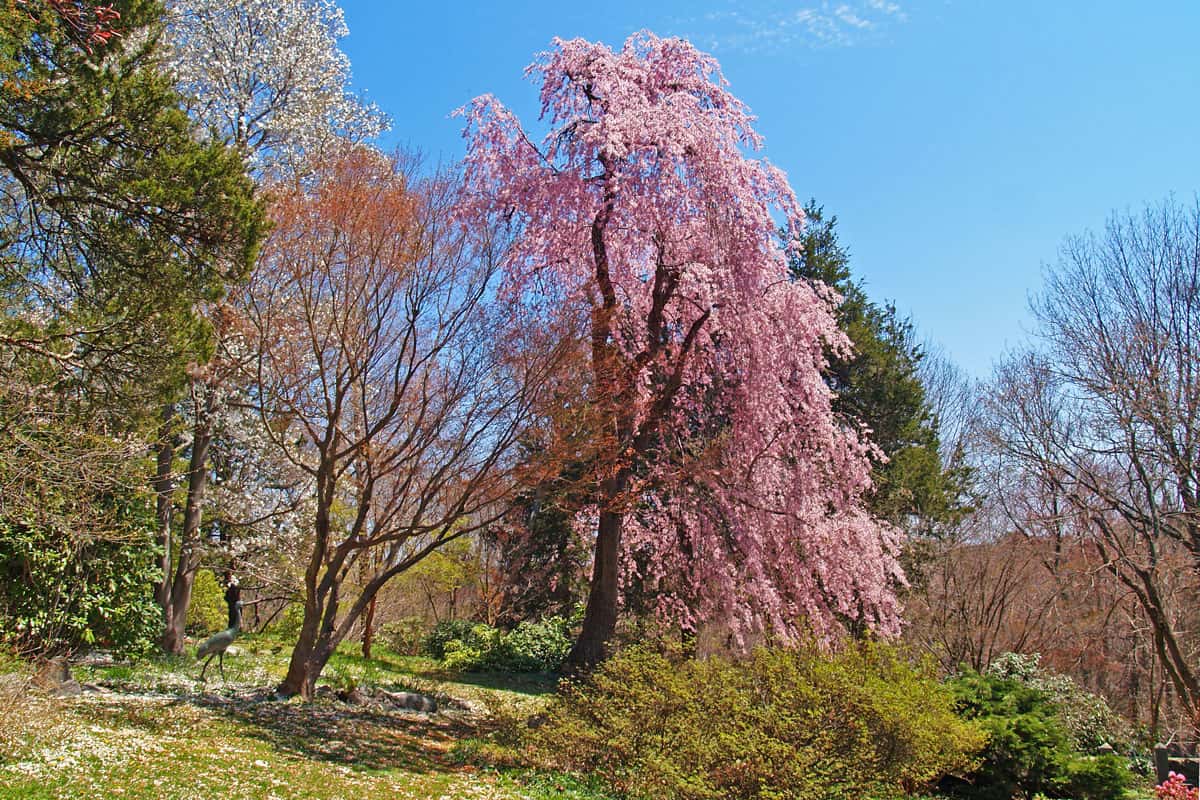
You can expect your weeping cherry tree to live between 30 and 40 years. When you're making the decision to transplant your tree, its age should be carefully considered.
If the tree is under 10 or 15 years old, transplanting is probably a good idea, if it's necessary. However, transplanting a tree that is over 20 years old may not be a good idea. For one thing, it will probably survive only one or two more decades. For another, it might make the tree experience irreparable shock.
If you'd like to learn more about the weeping cherry tree's life expectancy, read our article How Fast Does A Weeping Cherry Tree Grow?
What Kills A Weeping Cherry Tree?
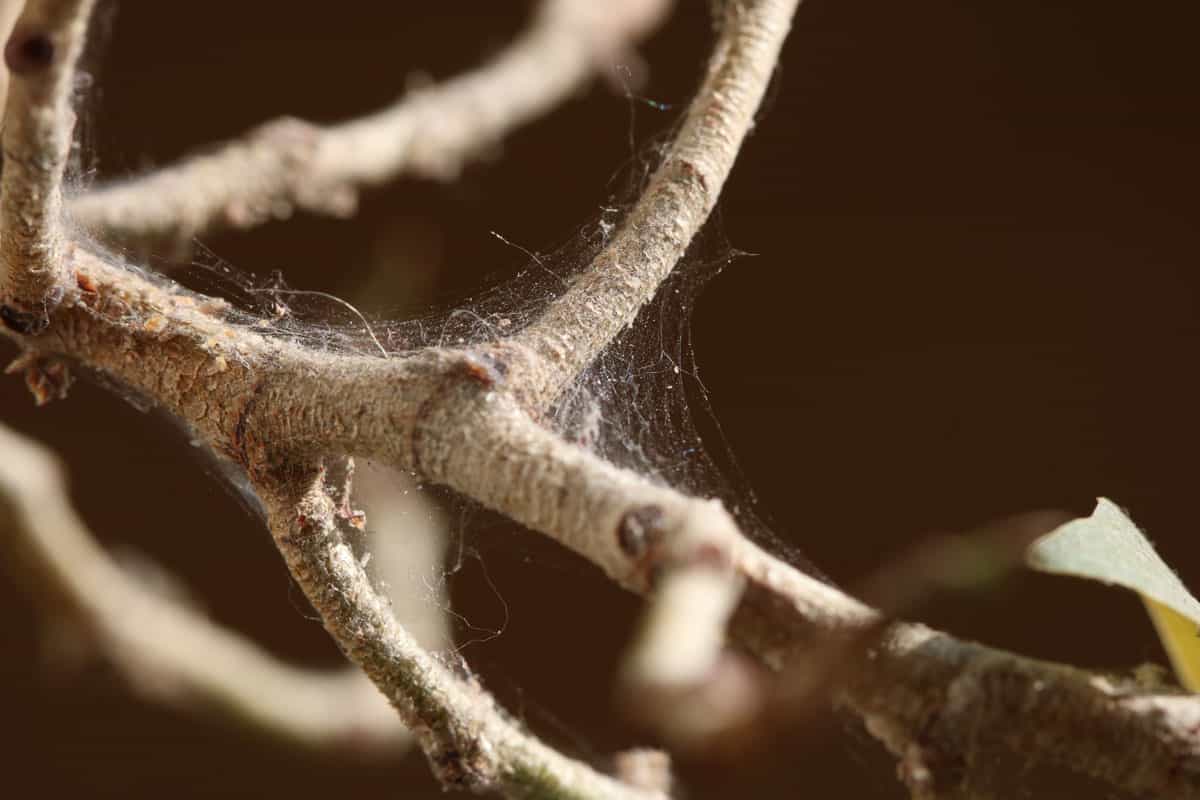
Weeping cherry trees can be susceptible to pests, which is why it's especially important to ensure healthy soil conditions.
Verticillium wilt is a severe fungal disease that lives in the soil and can eventually kill your tree. You can recognize it by discolored leaves near the crown of the tree that eventually spread throughout the entire plant.
Insect pests include aphids and spider mites. Although spider mites can cause serious damage and potentially kill the tree, aphids are usually less serious. However, to make your weeping cherry tree less appealing to all pests, ensure that the soil doesn't get too dry.
In Closing
Weeping cherry trees can be transplanted at almost any age. Just make sure your tree is older than one year, and take special precautions if it is tall and more mature. To minimize shock to the tree's root system, only transplant in early spring and give your tree plenty of water before the move.



